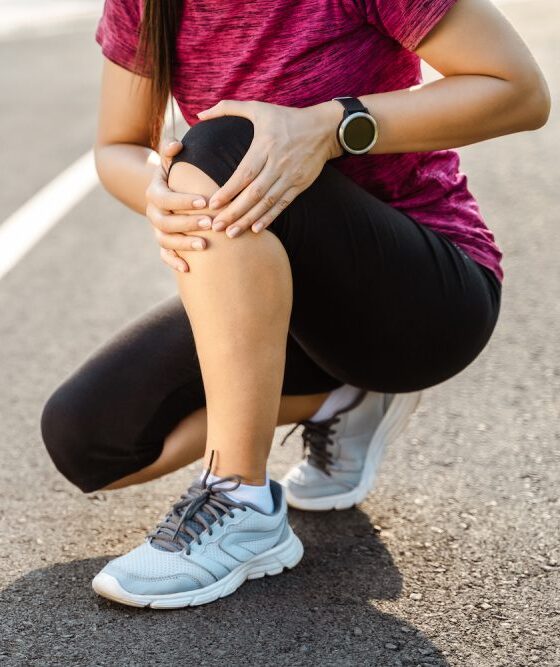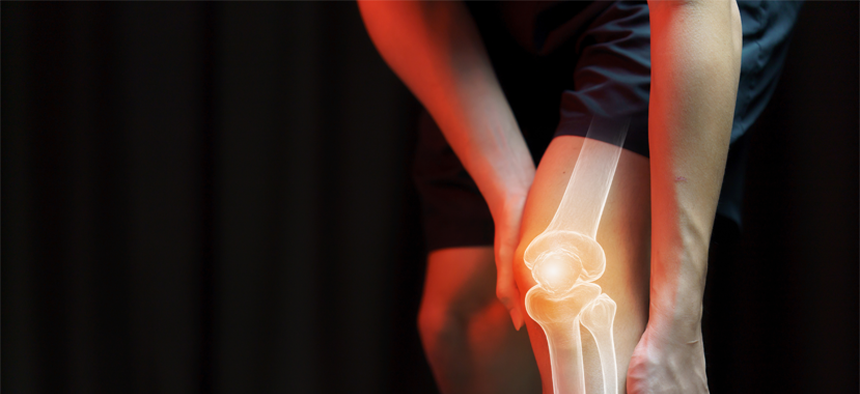Have Any Questions?
+91 77 9849 9977
Visit Us At
103, Shivom Regency, Baner Rd, Pune
+91 77 9849 9977
103, Shivom Regency, Baner Rd, Pune
Different sports injuries produce different symptoms and complications. The most common types of sports injuries include:


Sports injuries occur during exercise or while participating in a sport. Children are particularly at risk for these types of injuries, but adults can get them, too.
You’re at risk for sports injuries if you:
Read on to learn more about sports injuries, your treatment options, and tips for preventing them in the first place.
Anyone may find themselves coping with a sports injury, regardless of the last time they suited up for the baseball diamond or squared off with a linebacker on the gridiron. But some factors put you or a loved one at an increased risk for injury.
Because of their active nature, children are especially at risk for sports injuries. Children often don’t know their physical limits. That means they may push themselves to injury more easily than adults or teenagers.
The older you grow, the more likely you are to experience an injury. Age also increases the odds that you have sports injuries that linger. New injuries may aggravate these previous injuries.
Sometimes, serious injuries start off as small ones. Many injuries that result from overuse, such as tendonitis and stress fractures, can be recognized early by a doctor. If they’re left untreated or ignored, they can develop into a serious injury.
Many sports injuries cause immediate pain or discomfort. Others, like overuse injuries, might be noticed only after long-term damage. These injuries are often diagnosed during routine physical examinations or checkups.
If you think you have a sports injury, your doctor will likely use the following steps to get a diagnosis. These include:
You can reduce your risk of sports injuries if you:

Mail Your Resume At : drpriyankaneuro13@gmail.com